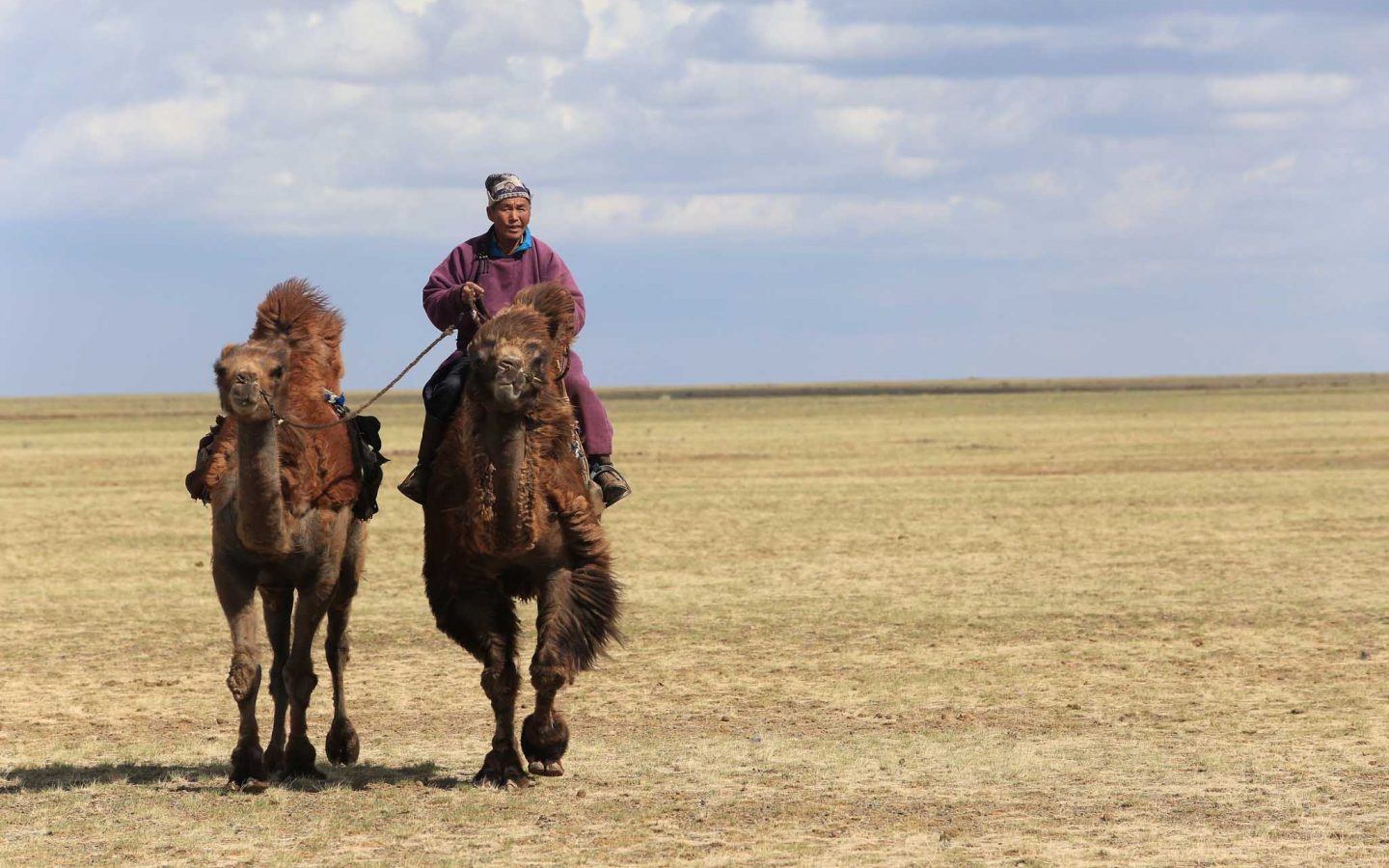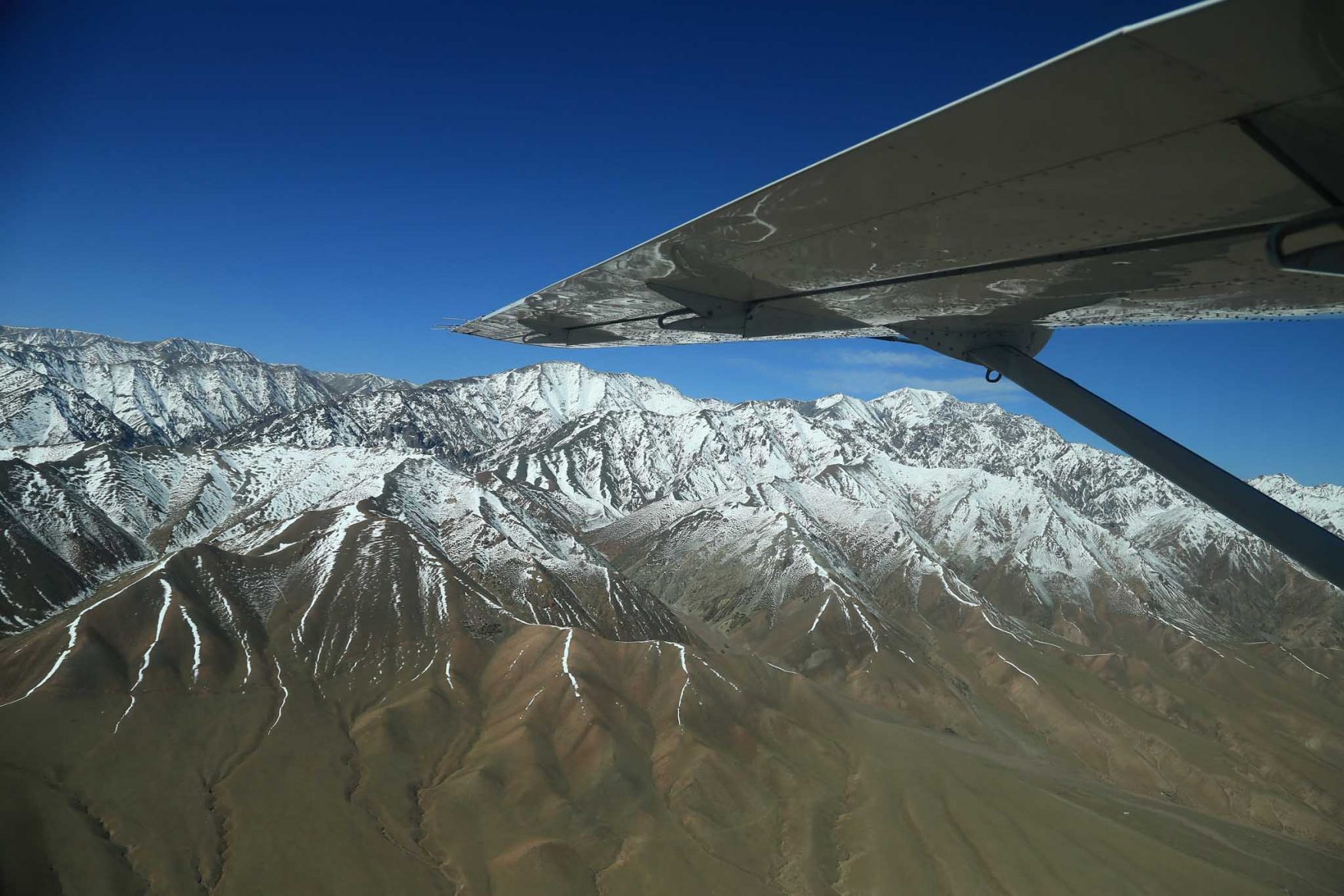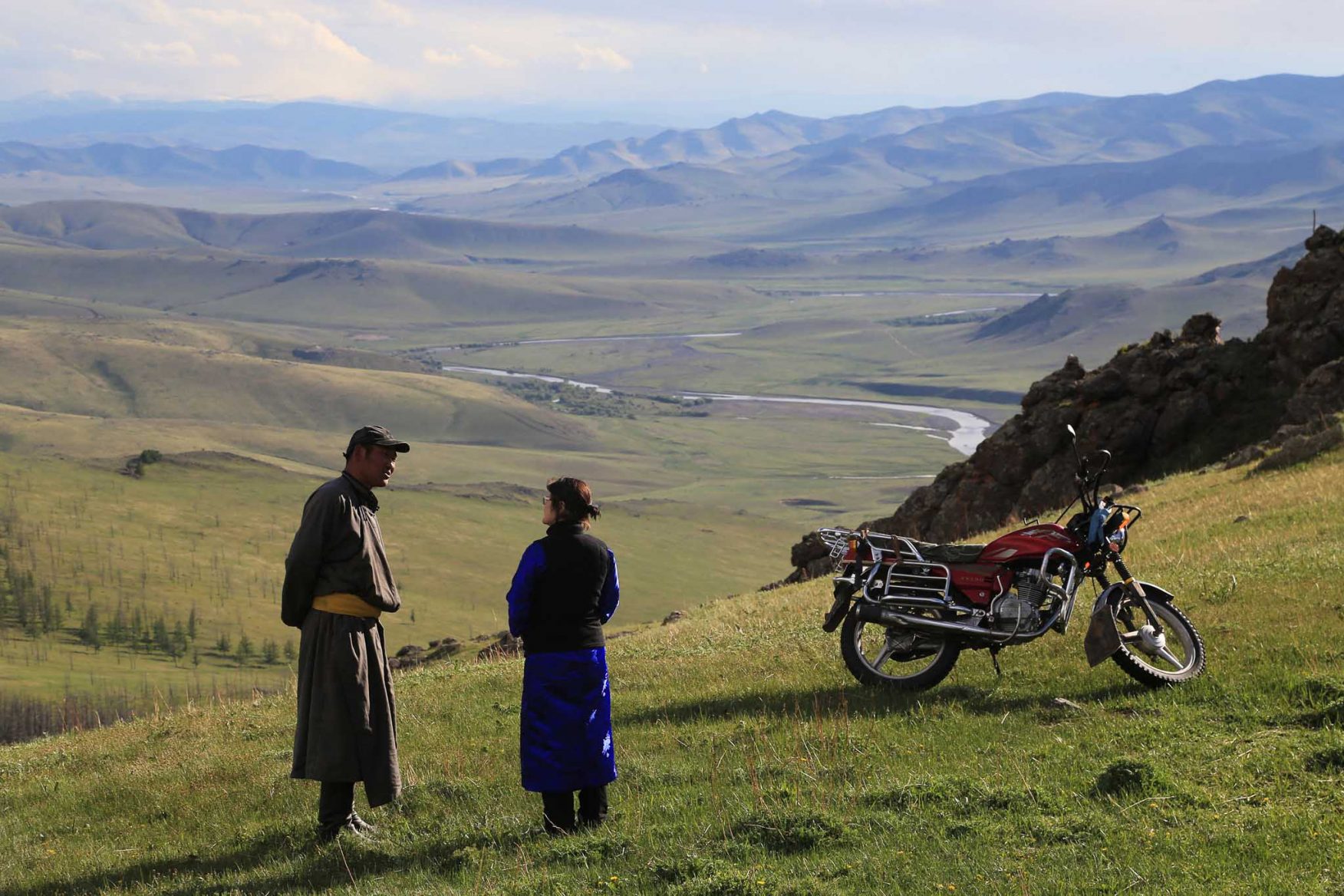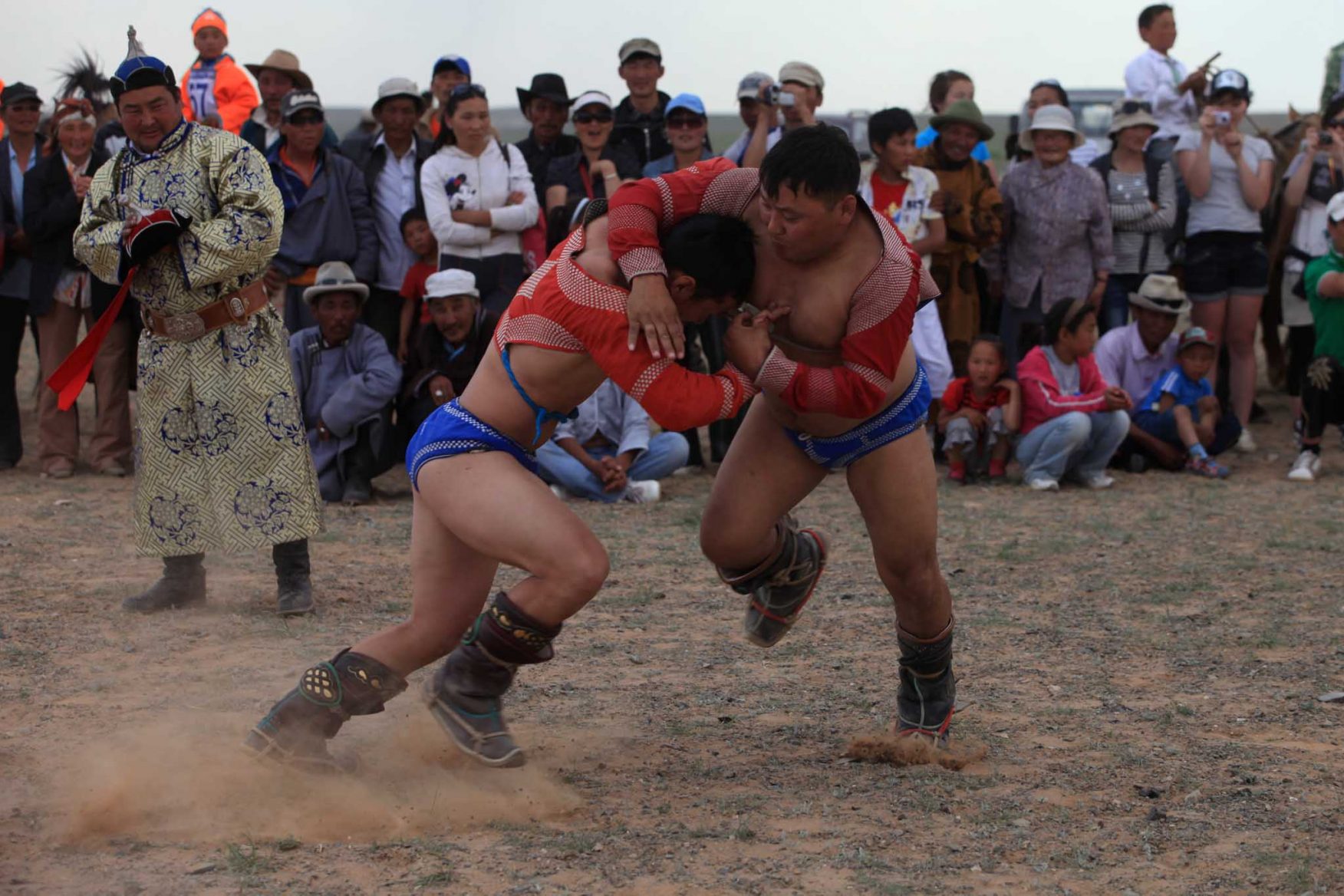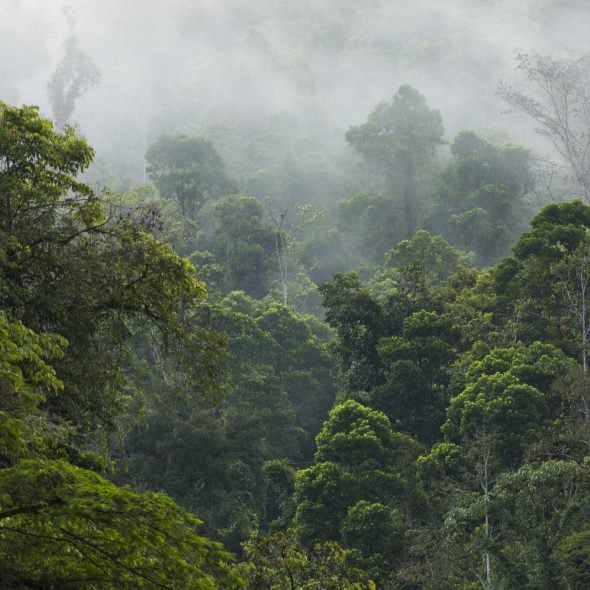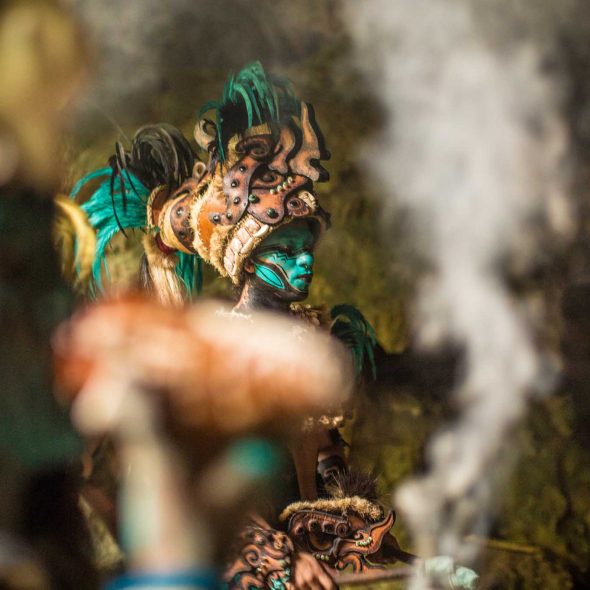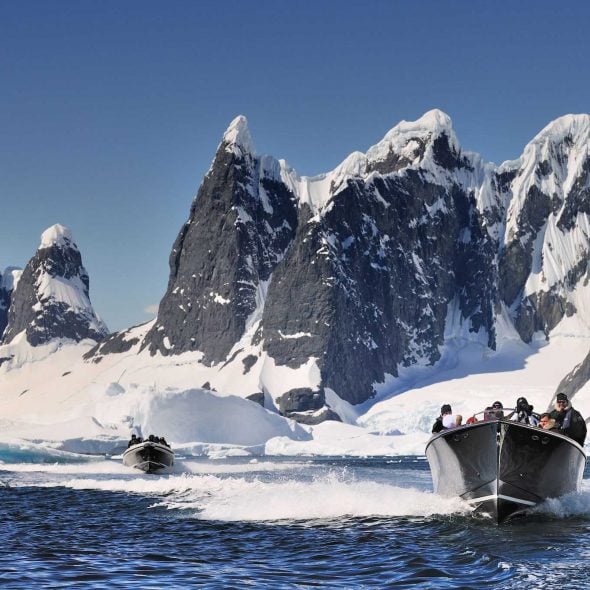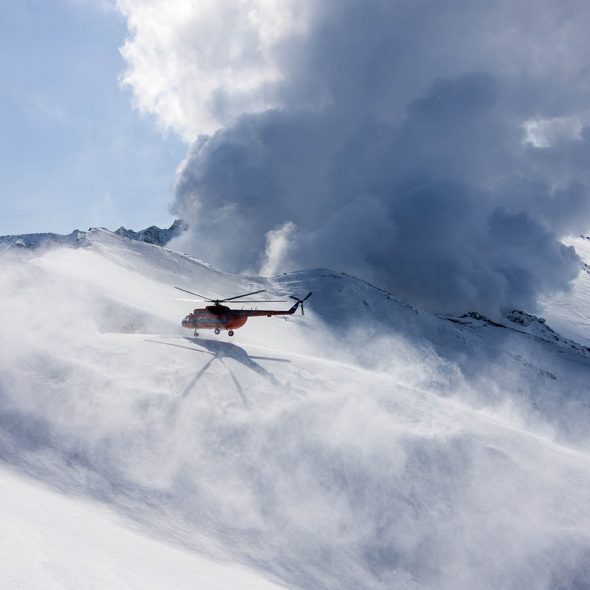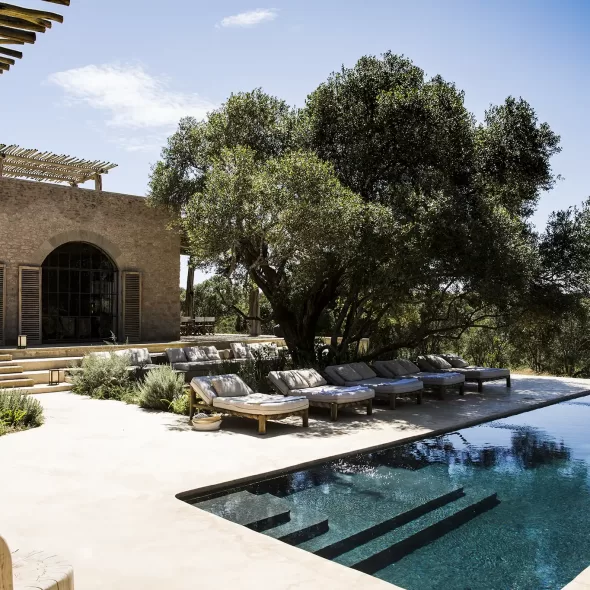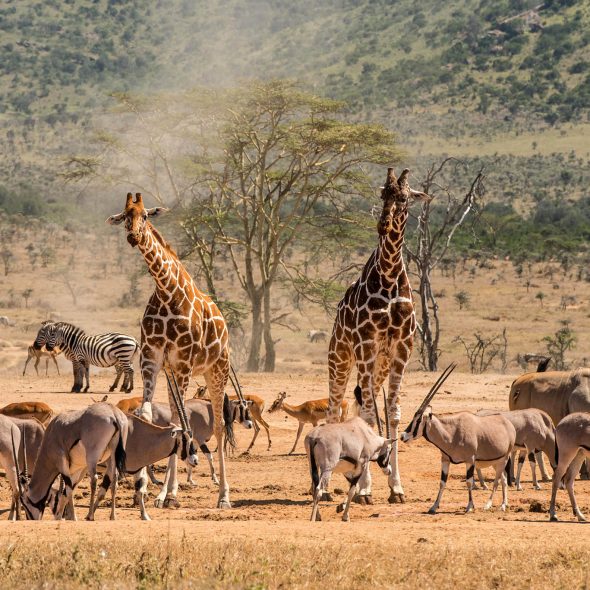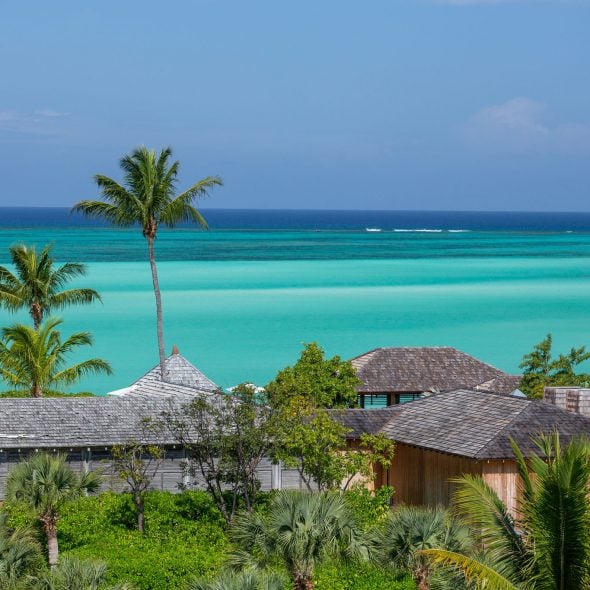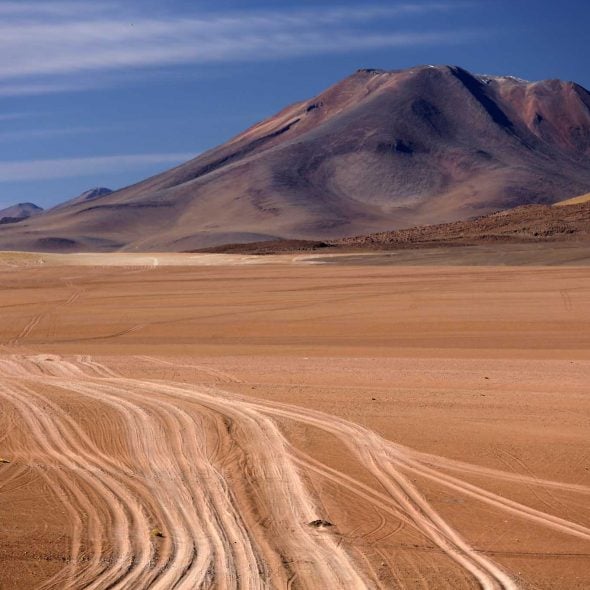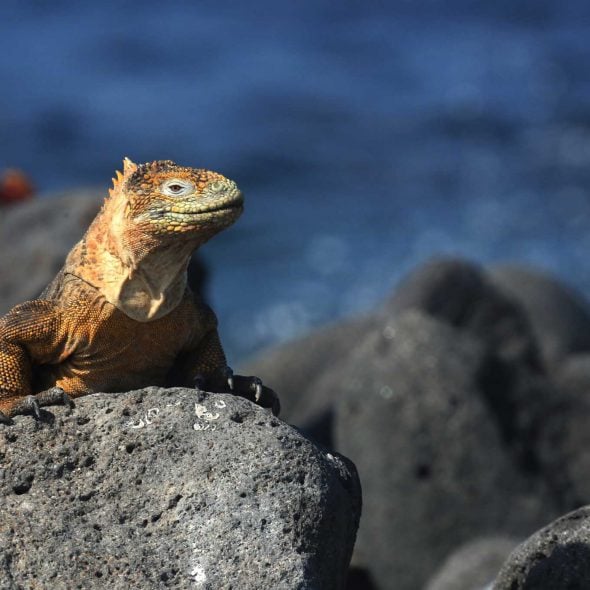Discover a true wilderness frontier on the very edge of modernity: Mongolia. Covered by rolling steppe, verdant grasslands, arid desert and craggy mountains, this is a land as varied as it is vast. Life here encounters frequent extremes; it’s dry, it’s wet, it’s hot and cold. It’s wild, remote and raw – yet still hospitable, friendly and welcoming.
Human life here is tough, so it’s no surprise that this is the most sparsely populated country in the world… leaving no shortage of space for nomads and wildlife to roam.
Outside of the cities and towns, the nomadic life has remained relatively unchanged for millennia. Though you will come across the odd 4×4, a Russian-made truck, Chinese motorcycle, or even a lonely yurt with a satellite dish and solar panel attached, life here plays out largely as it has for thousands of years.
Arriving into the capital Ulaan Bataar — a city that with new found wealth from a mining boom has found itself on the cusp — you will find a once-Buddhist settlement transitioning rapidly into a modern metropolis. Luxurious gleaming hotel towers look out over areas of drab Soviet era concrete, and most of the urban population live in a tented camp in the city’s outskirts known as the ‘ger district’. It’s not a place to spend precious time, but it’s a good starting point to catch your breath and head out on discovery.
There are few shops beyond the city boundaries, so Ulaan Bataar is a good place to gather any last-minute kit and ensure you are equipped for the unpredictable challenges of this predictably challenging country.

Set off by 4×4, heli, or fixed wing aircraft, venturing into the hilly grasslands of Central Mongolia where the town of Karakorum slumbers in the steppes.
Though this once magnificent capital of the vast Mongol Empire is a shadow of its former glorious self, the ancient city, founded by Genghis Khan himself in 1220, is the place to come to understand how Mongolia’s dynasty conquered much of the known world in its heyday.
Head further south into the Gobi Desert — a vast, dry landscape, known for its mysterious singing dunes, majestic Bactrian camels and rare snow leopards. And whilst your chances of coming across the latter are slim indeed, we can put you on their trail with the conservationists in charge of studying and protecting these elusive cats. Who knows, you might get (extremely) lucky!
Somewhat ironically, less fortune is required to stumble across prehistoric treasures including dinosaur skeletons or eggs. In fact, Flaming Cliffs — so named for the glowing hues of bright red and orange that light up the sandstone escarpments at sundown — is the site where the latter were first found.



The Gobi is compellingly beautiful and relatively accessible, so of course it is popular amongst tourists. If you’re looking for something really off the beaten path, we instead recommend exploring the lesser travelled western province of Zavkhan. Though harder to reach than the Gobi, having such spectacular scenery almost all to yourself is certainly worth going the extra mile.
From here fly further west to Ölgii, the Capital of Bayan-Ölgii. Bordering Russia to the north, China to the south, and a figurative stone’s throw (40-kilometres) from Kazakhstan, this is a wild province that takes Mongolia’s otherworldliness to the extreme.
Jumping into comfortable 4x4s, head into the Altai Mountains, a pristine wild land that together with the adjoining Sayan range, forms a unique and diverse ecoregion in one of the world’s last remaining untouched wildernesses.
Prowling the lush, green valleys and glacial peaks of the Altai Tavan Bogd National Park, foxes, wolves, lynx and brown bears hunt for red deer and juveniles of the extravagantly-horned Siberian Ibex. Overhead, the skies are patrolled by falcons, hawks, huge cinereous vultures and of course the golden eagles, whose close hunting partnership with the local nomadic people has become an icon of Kazakh culture.
Spend a few days amongst the eagle hunters and you will not only learn of their fascinating ancient traditions but will discover their warmth and hospitality. Each family yurt will happily open its wood carved doors and welcome you to the camel dung-powered hearth for a cup of buttery yak milk tea.


Try your hand at riding with the eagle hunters, honing your skills alongside some of the world’s most expert equestrians. Get to know the magnificent birds of prey, which are treated with utmost care and respect and are essentially seen as part of the family.
Whether you take part in a training session or an actual hunt will depend on the time of the year you visit. True hunting season takes place through the winter months when there is snow on the ground, though with temperatures rarely exceeding 0°c you will be gratefully bundled up in a thick coat made from the furs of hunts gone by.
For more forgiving temperatures, visit in summertime to witness the rigorous training sessions or to attend one of the Eagle Festivals or the Naadam itself.
Throughout, once you have left the city behind, stay in comfortably upgraded gers to get a true flavour of life on the steppe but without foregoing modern amenities. Ensuite facilities, separate dining tents and even a library yurt with movie projector screen is possible. However, if you prefer a more ‘expedition-style’ adventure we can also move flexibly with dome tents, using yurts only occasionally.
